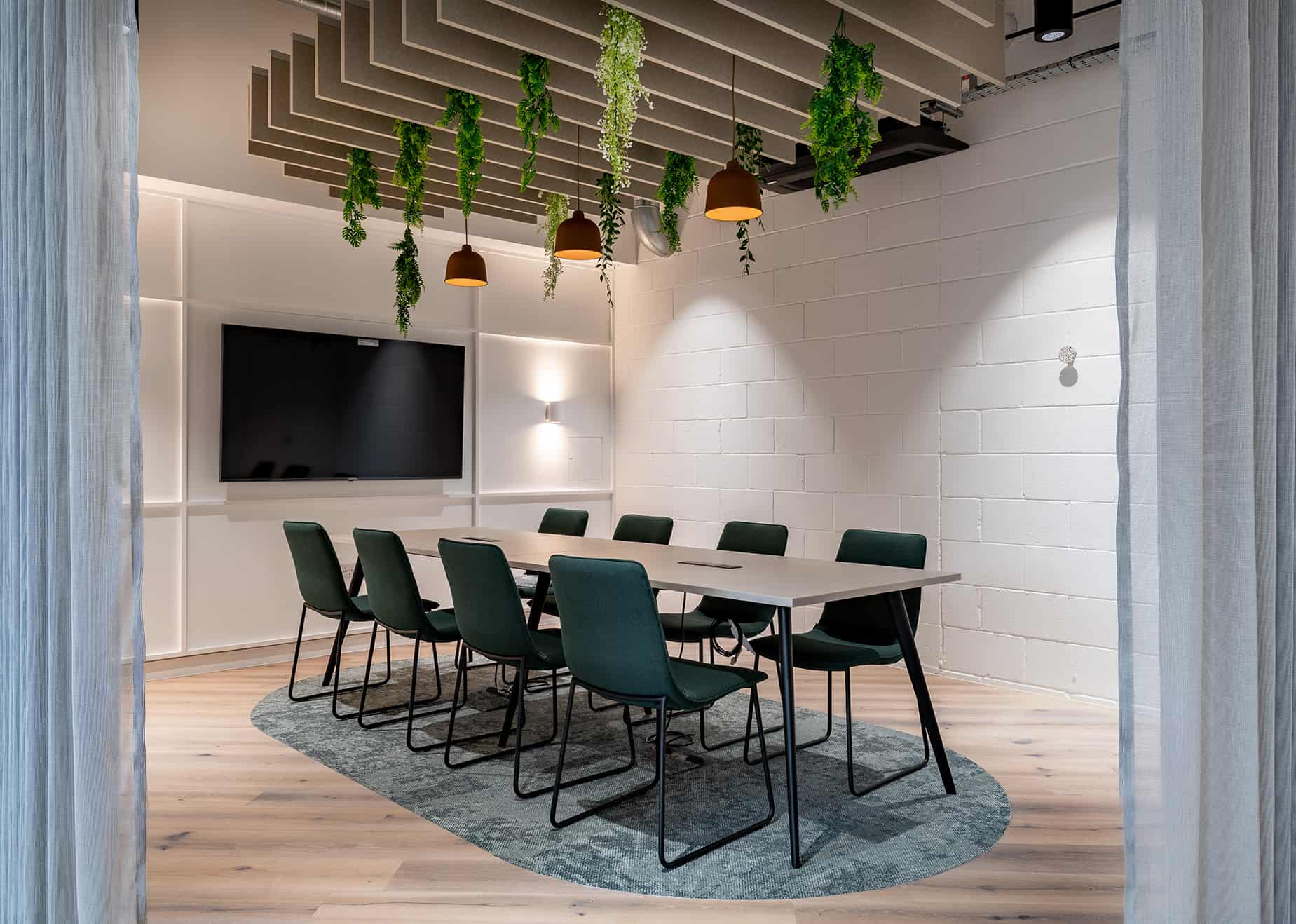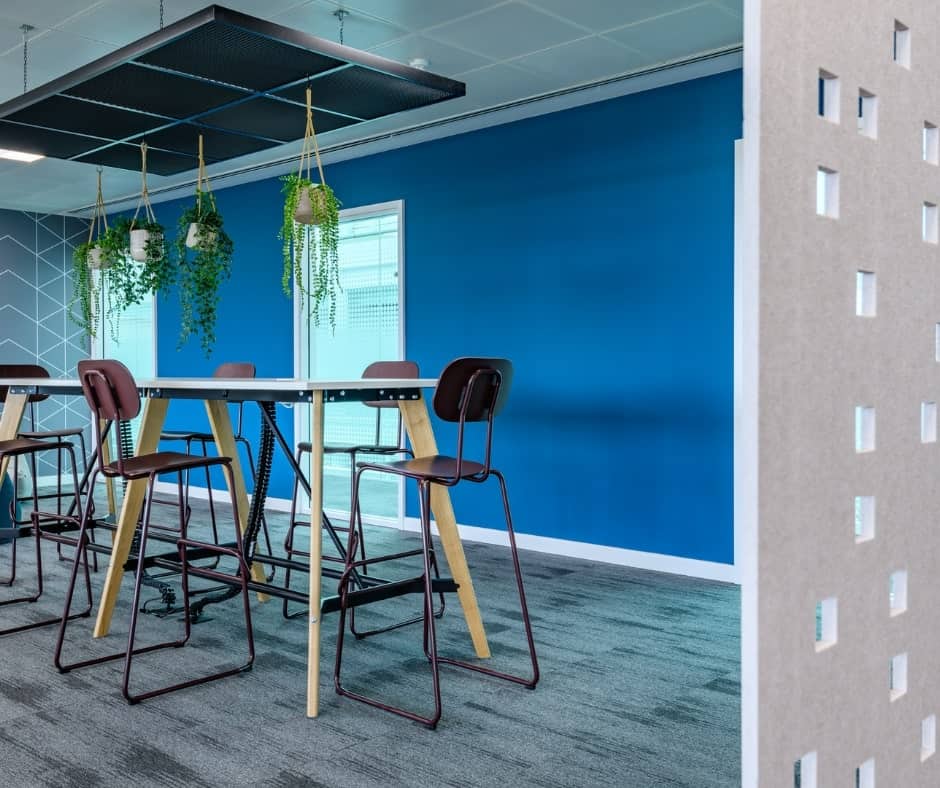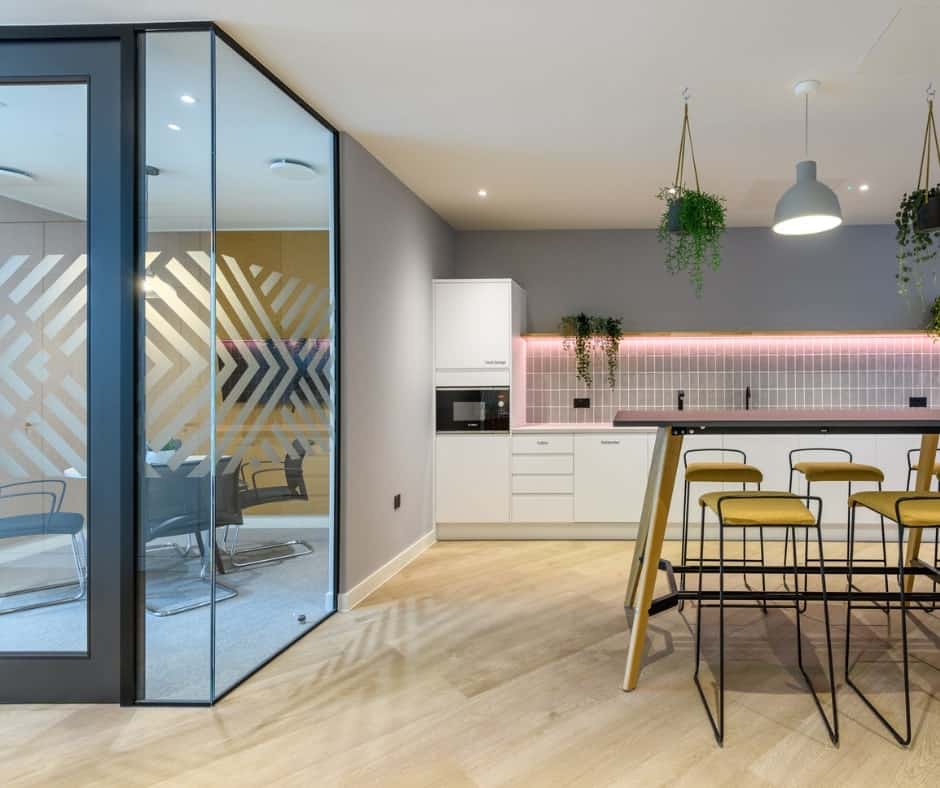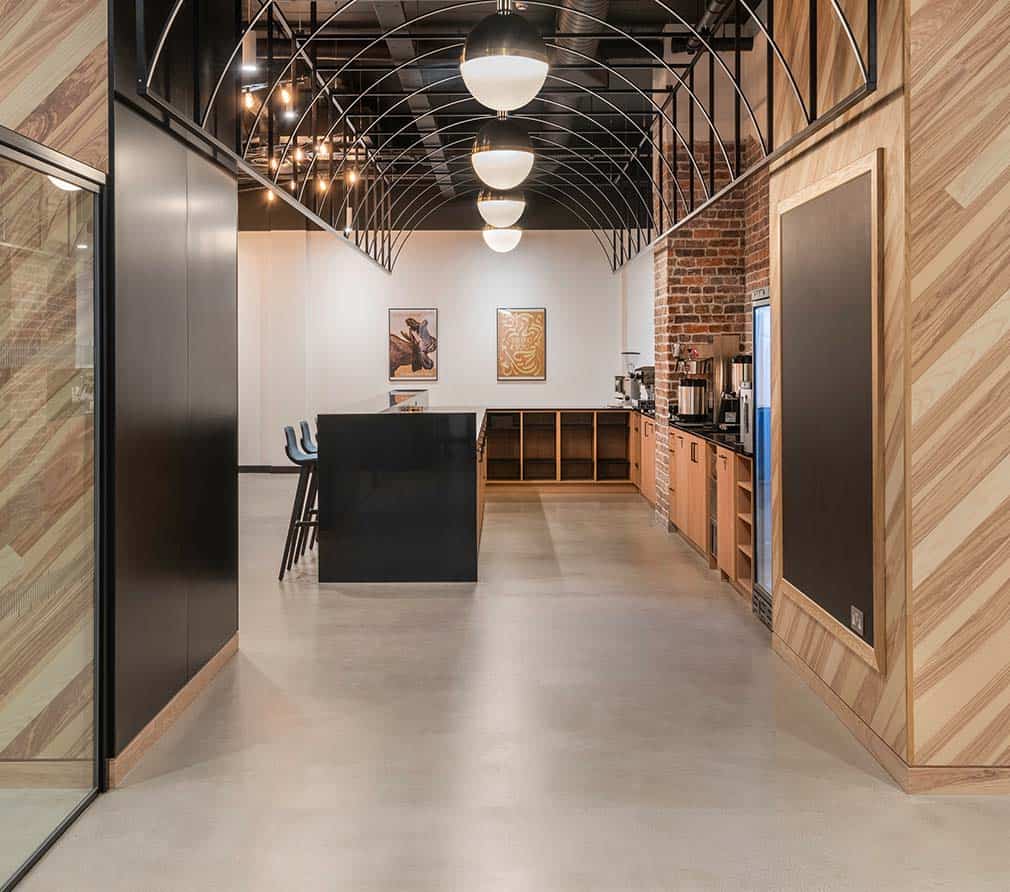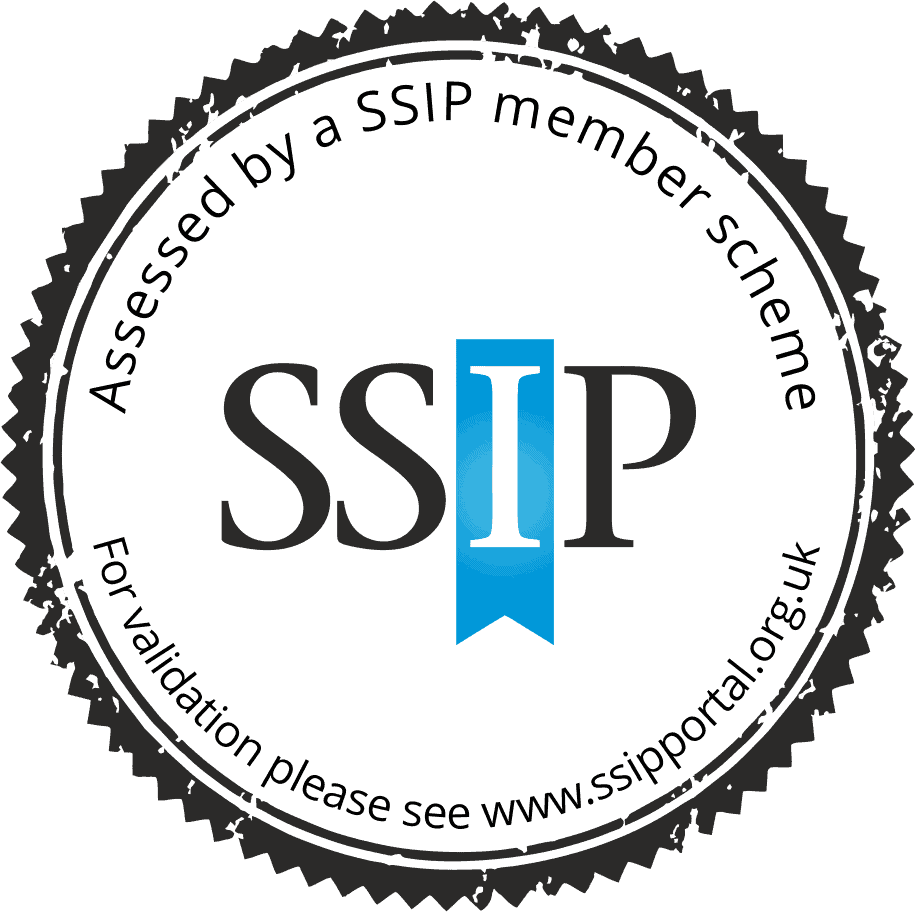Over the past few years, more and more businesses have embraced what they call ‘flexible’ working policies. This term – ‘flexible’ – has become somewhat of an umbrella term, being used to refer to any sort of arrangement that encompasses some degree of deviation from the norm. What many don’t realise is that flexible working, agile working, and hybrid working are all different working models.
Exploring Today’s Diverse Working Models
Employers today may offer four different types of working models:
1. Traditional working: The classic ‘9-5’ arrangement, working full time from an office location with other members of the team. This mode of work was the norm post-pandemic but, with many organisations discovering that productivity doesn’t decline when there is more flexibility on offer, it is no longer in vogue as much as it was, despite public calls for everyone to return to the office post-Covid.
2. Flexible working: Office-based working with flexible start and finish times. This agreement typically will be underpinned by an understanding that the employee will complete a set number of hours per week as per their contract of employment. The key benefit of this system is that employees have a little flexibility to manage their work life balance, such as by being able to do the morning school run before heading to the office or, arriving a little later to miss the rush hour commute.
3. Agile working: Freedom for staff to work in a way that optimises performance. This can impact on office design in that there may be designated parts of the office set aside for certain tasks to be completed in the optimal manner.
4. Hybrid working: Operating part time in the office, and part time remotely. This is a term that millions of us became familiar with during Covid and is something that organisations around the globe have embraced in the last 12 months. Typically, team members will have set days or a set number of days per week or month which they will spend in the office, with the remainder then spent working remotely from a location of each individual’s choosing.
Interestingly, what’s happening more and more often is that businesses are not picking one model of work and then sticking to it or requiring all emoloyees to adhere to the same model. Increasingly, forward-looking businesses are combining working models to meet the needs of different employees.
For example, those wanting to work from the office full time – or those who are required to be on-site – may be operating under a traditional or flexible working model. Others may only come into the office one day a week, operating under a hybrid model. And some may chop and change depending on the task at hand, and where/how they can tackle that task in the best way, embracing agile working.
This means that we need to design offices to facilitate all of these models. How?
Designing with Purpose
The solution to designing office spaces that enable businesses to combine different working models into a single ‘flexible’ solution is to design with purpose; to design in a way that purposefully allows for employees to work in a way that suits their needs, as and when those needs arise.
Examples may include:
- Transforming fixed desks into hotdesks
If not all workers are present in the office at the same time, it can make a lot of sense to turn traditional fixed desks into hotdesks that employees can book for themselves by selecting the time they know they need to be in the office and will require a desk. This prevents ‘dead’ sections of the office and allows for that space to be reutilised and reinvented into space more suitable to today’s needs, rather than each person having a dedicated assigned spot that may not be in use much of the time.
- Creating ‘heads down’ spaces
While hotdesks may be located in busy areas of an office, it’s also important to ensure that individual workspaces are available in quieter areas that are free from both visual and auditory distractions. Often called ‘heads down’ spaces, these offer employees a chance to concentrate on detailed tasks with a great deal of focus away from the distractions and activity of a busy office.
- Building collaborative areas
Traditional meeting spaces aren’t dead. In fact, if some employees are working in the office, and some are working out of the office, it’s important to have these traditional collaborative areas where they can get together at times when they are on-site at the same time. These spaces should be designed to promote creativity.
- Designing informal meeting corners
Not every meeting – and not every task – will require a traditional meeting space. That’s why it’s important to ensure office design includes small, informal corners where ad-hoc discussions can take place. Whether it’s a kitchen table, a sofa, or anything else, this sort of design encourages people to get together regularly.
- Offering ‘Zoom booths’
When employees are working from different locations, it’s vital that they’re able to communicate with each other as though they were in the same place. Designing with video conferencing facilities in mind is essential, and many businesses are opting for ‘Zoom booths’ – or similar; rooms designed for digital meetings.
Working Model Diversification: The Future of Work
Combining different working models is likely to be one of the primary factors shaping the future of work. When employees are given more freedom to customise their work week in a way that suits them, they’re more likely to feel engaged, to feel satisfied, to feel like they’re being supported, and to feel like giving tasks their absolute all.
However, businesses will be unable to effectively combine working models if they’re not offering spaces that enable employees to work in these different ways. Design is key. Design is what’s going to turn your concept of change into a successful reality.
